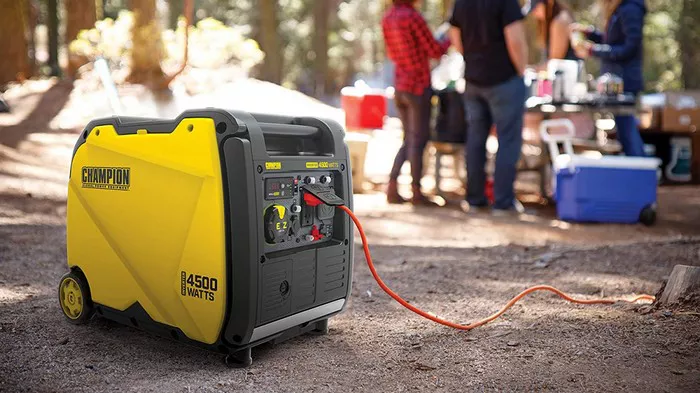As California faces the aftermath of devastating wildfires, the role of backup generators has become increasingly crucial. These devices offer a vital solution to ensure that homes and critical services maintain power during widespread outages caused by natural disasters.
During a wildfire, power grids often fail, leaving large areas without electricity for days or even weeks. Generators provide a lifeline by supplying much-needed power for essential services such as refrigeration, medical devices, and communication, enabling communities to remain operational and safe during these critical periods.
According to Daniel Mock, Vice President of Operations at Mister Sparky, “Generators are a crucial tool when grid power is unavailable, offering immediate and reliable energy when it is most needed.”
Key Generator Safety Tips
Watch for Carbon Monoxide (CO): Portable generators can emit carbon monoxide, a toxic gas that’s both invisible and odorless. It’s important to have battery-operated CO alarms in your home and consider generators equipped with built-in CO detection.
Positioning Matters: Generators should always be placed outdoors in a well-ventilated area. Never use them in confined spaces, as harmful fumes can quickly build up and pose serious risks.
Routine Generator Maintenance: Proper upkeep is crucial to ensure your generator operates efficiently when you need it most. Regular oil changes and inspections can help prevent issues during emergencies.
Fuel Considerations: Select a fuel type that’s readily available in your region. Propane-powered generators are often a good choice, as propane can be stored safely for long periods without degradation.
Choose the Right Generator Size: Make sure the generator’s output matches your needs. Avoid overloading the unit by comparing its wattage capacity with the total wattage of the equipment you intend to run.
Additional Tips for Household Safety
Make sure smoke and carbon monoxide detectors are functional, particularly on every floor of your home and outside sleeping areas.
Establish a fire-resistant zone by clearing debris and flammable materials from the area surrounding your home.
Unplug any unused electrical appliances when extreme weather conditions or wildfires are anticipated.
Consider installing smart home technology to monitor your appliances and electrical systems from a distance.
Regularly practice fire escape drills and familiarize your family with evacuation routes.
Stay updated on weather alerts and wildfire warnings through trusted sources like the Emergency Alert System (EAS) or NOAA Weather Radio.
Conclusion
In the face of natural disasters like wildfires, backup generators have proven to be indispensable for maintaining power and ensuring the safety and functionality of homes and essential services. By following safety tips such as proper generator placement, regular maintenance, and mindful fuel choices, homeowners can minimize risks and maximize the effectiveness of these power sources during times of crisis. Additionally, staying vigilant with smoke and carbon monoxide detectors, practicing fire escape plans, and leveraging technology for monitoring can further enhance household safety. Being prepared is key to weathering any storm, and a generator is a crucial part of that preparedness strategy.
Related topics:

